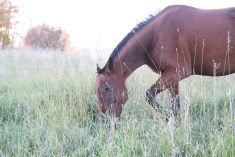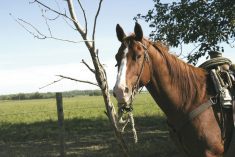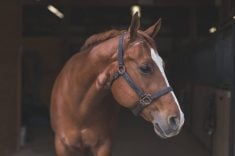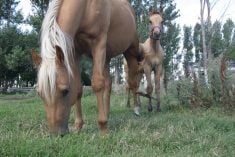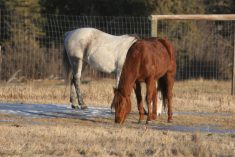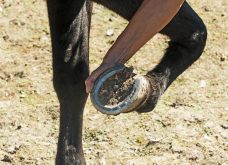The emotional state of the horse is deeply involved in all matters of the equine’s world.
When investigated, the emotional health of the horse exists in strong relationship to outcomes of their physical health, their behaviour, and their performance. Most equine owners, caretakers and professionals would readily acknowledge the rich emotional world of the horse, yet emotional content can be challenging to correctly identify and define and come into proper relationship with.
Proper interpretation of the emotional content of the horse is critical to the safety of the handler and as it turns out the horse is equally concerned about safety itself. The horse is constantly reading its circumstances and asking the question, “Am I safe?”
Read Also
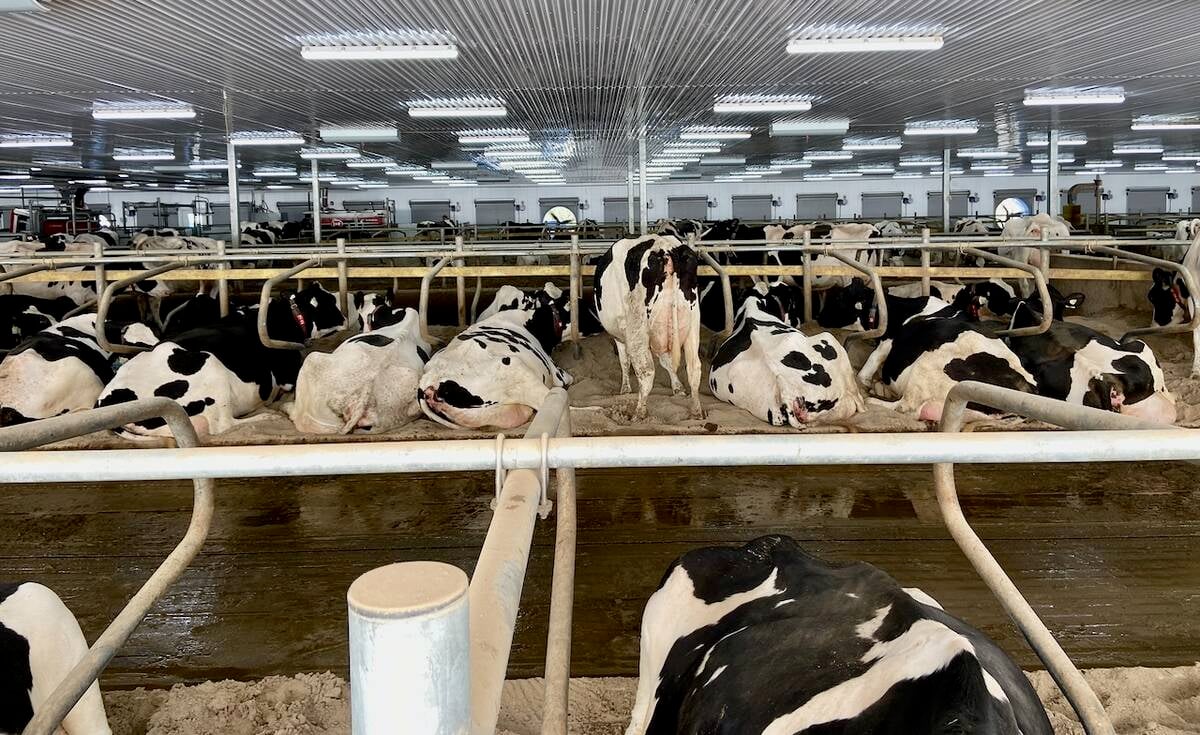
Lactanet moves to monthly on dairy genetic reports
Lactanet is now publishing monthly dairy genetic evaluations, giving dairy farmers more up-to-date data to make breeding decisions.
The answer to this question alone dictates many short- and long-term outcomes. Horses have a powerful sense of self-preservation. Since this sense is unwavering the human will need to give considerable respect to safety matters from the horse’s perspective.
This includes whether or not the horse feels safe with the humans in their presence. When the question remains unresolved in the horse’s mind, it remains unresolved in the horse’s body as apprehension and tension. The need for emotional safety varies amongst individual horses and it is the responsibility of the handler or rider to recognize and tend to this need.
The need for emotional contentment, peace of mind and harmony or ‘getting along’ is so strong in the horse that this need determines many other resulting behaviours. Horses have evolved in a social culture for over 56 million years and have developed a highly attuned sense of conflict resolution, communication and co-operation. Their willingness to co-operate, get along and avoid conflict is extraordinary and asks that the human eye becomes educated in the communicative matters of their body language.
In 2005 the Norwegian dog trainer and behaviourist Turid Rugaas identified and described the social skills or body gestures that dogs use to avoid conflict, invite play, and communicate a wide range of information to other dogs. She identified more than 30 gestures that dogs make in social settings to calm themselves and other dogs, keep the peace and demonstrate intent to get along when they are not comfortable in a particular situation. Rugaas charted these communicative behaviours and identified them as calming signals.
Undoubtedly, like dogs, all mammalian species including the human, use body language and calming signals while managing their relationships. Good stable companionships and familial relations ensure safety, survival and a good life. In her recent book Language Signs and Calming Signals of Horses Norwegian behaviourist Rachaël Draaisma describes and details an extensive picture library of 20 calming signals used by the horse to create and maintain a positive social climate and prevent negative escalation.
For example, when a horse averts its gaze, either with its eyes or whole head and neck, it is a calming cue. The horse is signalling that it feels pressure and often senses the rider or handler’s tension, agitation or aggression. From the horse’s perspective it is communicating clearly and with respect. Calming cues communicate stress and in other situations communicate the release of stress such as yawning, licking and chewing. The horse is emotionally regulating itself and is inviting the human to enter into a healthy social hierarchy and resolution of conflict by asking the human to join it in calming down.
Without the spoken voice the horse relies on its body language as a means of emotional expression and communication. It then further relies on the grace of the level of awareness and kindness of the human being to recognize its language.
The horse is emotionally wired to ‘get along’ and avoid conflict. It is important to realize that horses don’t feel animosity or contempt towards humans and their misbehaviours aren’t premeditated attempts at ‘getting back at the human.’
Generalizations such as this are commonly projected on to the horse as the human responds to the horse’s behaviour with their own ‘human’ emotional interpretation and mental construct. The emotional worlds of the human and horse are deeply entangled and the recognition and understanding of their intricacies are in their infancy. The horse is simply expressing emotional feedback. If the horse is acting fearful, it is because it is. If the horse is acting unsure and confused, it is because it is.
Each time the subtle nature of the calming signals expressed by the horse are overlooked, misinterpreted and the horse may even be punished for these signals, the emotional impression left upon the horse erodes goodwill between the horse and human.
If the handler or rider presents circumstances to the horse which are confusing, complex, or inconsistent with the way of the horse, the horse will initially lead with a calming signal in an attempt to make sense of the situation.
If this feedback is misinterpreted or not acknowledged it is not uncommon that the drama escalates and often progresses to behavioural problems. These misbehaviours are only surprising if the calming signals that preceded the event have been missed or the horse has stopped showing calming signals because it was not listened to, or worse, punished. Young horses are especially readable and offer numerous calming signals in their emotional innocence and environmental naiveté.
Awareness of the calming signals that precede the instinctual reactions of fear such as flight, fiddle about, freeze or dissociate, or fight, allows the handler to assess the situation and make an informed decision to support the needs of the horse and adjust accordingly.
Just like in the human, once instinctual reactions of fear take over, cognitive reasoning and understanding by the horse are greatly hindered. Recognition of calming signals offered by the horse provide an opportunity to improve and strengthen effective communication and connection between horse and human. It is at these points that it may be crucial to take a step back and pause.
While handling horses, people often focus on the horse’s action they want or the desired body movements instead of on the horse’s emotional well-being to get there. The mind of the horse seeks peace, harmony and emotional contentment. The mind needs time and space to learn and understand what is being asked of it.
Training and husbandry methodologies that circumvent the emotional feedback of the horse will have a negative effect on the horse’s socialization process, as well as the horse’s faith and goodwill towards humans.
With time, other health problems and further behaviour wastage associated with chronic stress may begin to appear.




